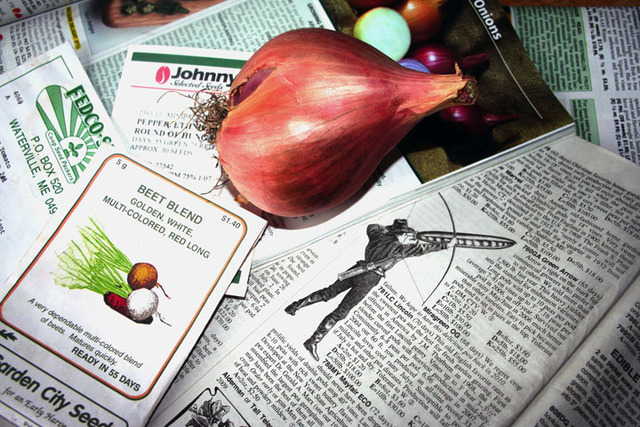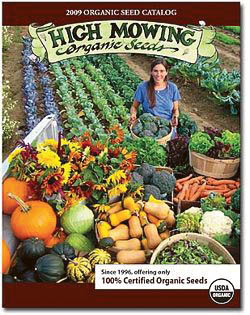Food For Thought
The Path To Growing Your Own Food Is Lined With Good Seed Catalogs



Latest Article|September 3, 2020|Free
::Making Grown Men Cry Since 1992



